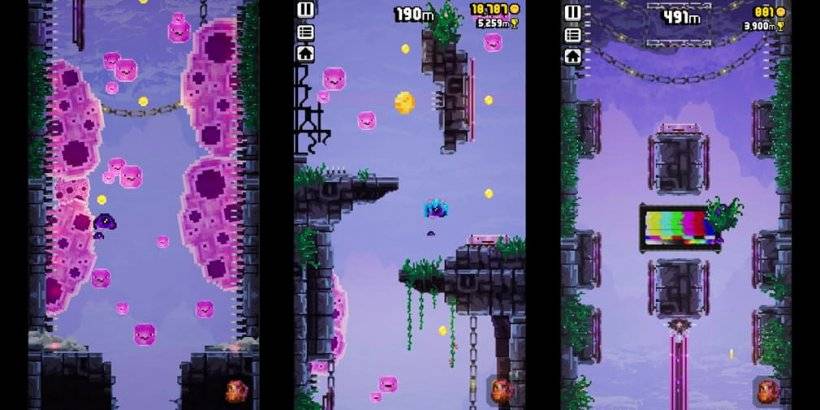Three cutting-edge gaming monitors were unveiled at Computex, each pushing the boundaries of refresh rates. The standout is the Asus ROG Strix Ace XG248QSG, boasting a 1080p resolution with an astonishing 610Hz refresh rate. Meanwhile, both MSI and Acer have introduced 1440p monitors with a 500Hz refresh rate, a challenging spec to achieve even with top-tier hardware like the RTX 5090 and multi-frame generation technology.
Acer's offering, the Predator X27U F5, not only features a high refresh rate but also incorporates a QD-OLED panel, ensuring exceptional color accuracy. This model is initially launching in Europe and China at a starting price of €899. Acer has confirmed plans to bring the monitor to the US, though pricing remains undisclosed due to ongoing tariff negotiations. The company plans to announce US pricing closer to the product's availability, but given current market trends, affordability might be a concern.
MSI's entry, the 27-inch MPG 271QR X50, also utilizes a QD-OLED panel, but its pricing details were not disclosed. A notable feature of this monitor is its AI-driven burn-in protection. Equipped with a sensor at the bottom of the display, it detects when you step away and uses an NPU (Neural Processing Unit) to automatically turn off the screen, enhancing its burn-in protection. This feature is crucial for OLED displays, which are susceptible to burn-in from static images commonly found in gaming.
Do Gaming Monitors Need to Be This Fast?
The introduction of monitors with such high refresh rates raises questions about their necessity. The Asus ROG Strix Ace XG248QSG, with its 610Hz refresh rate, is exceptionally fast, even in an era where technologies like Nvidia's multi-frame generation are pushing frame rates higher than ever. Achieving these frame rates, particularly in demanding games like Marvel Rivals, would require not just a powerful GPU like the RTX 5090, but also a robust CPU to handle the data feed efficiently. While technologies like Nvidia Reflex and frame generation can help, reaching around 600 fps necessitates significant computing power.
The advantage of such high refresh rates is clear in competitive gaming, where low render latency can be critical. Games like Counter-Strike 2 are often played on the lowest settings to maximize frame rates and minimize input lag, which can make all the difference in competitive play. However, the high cost of these monitors may lead many to question whether the performance benefits justify the investment.






![NULL [Remastered]](https://imgs.39man.com/uploads/71/1719651062667fcaf6c483b.png)








